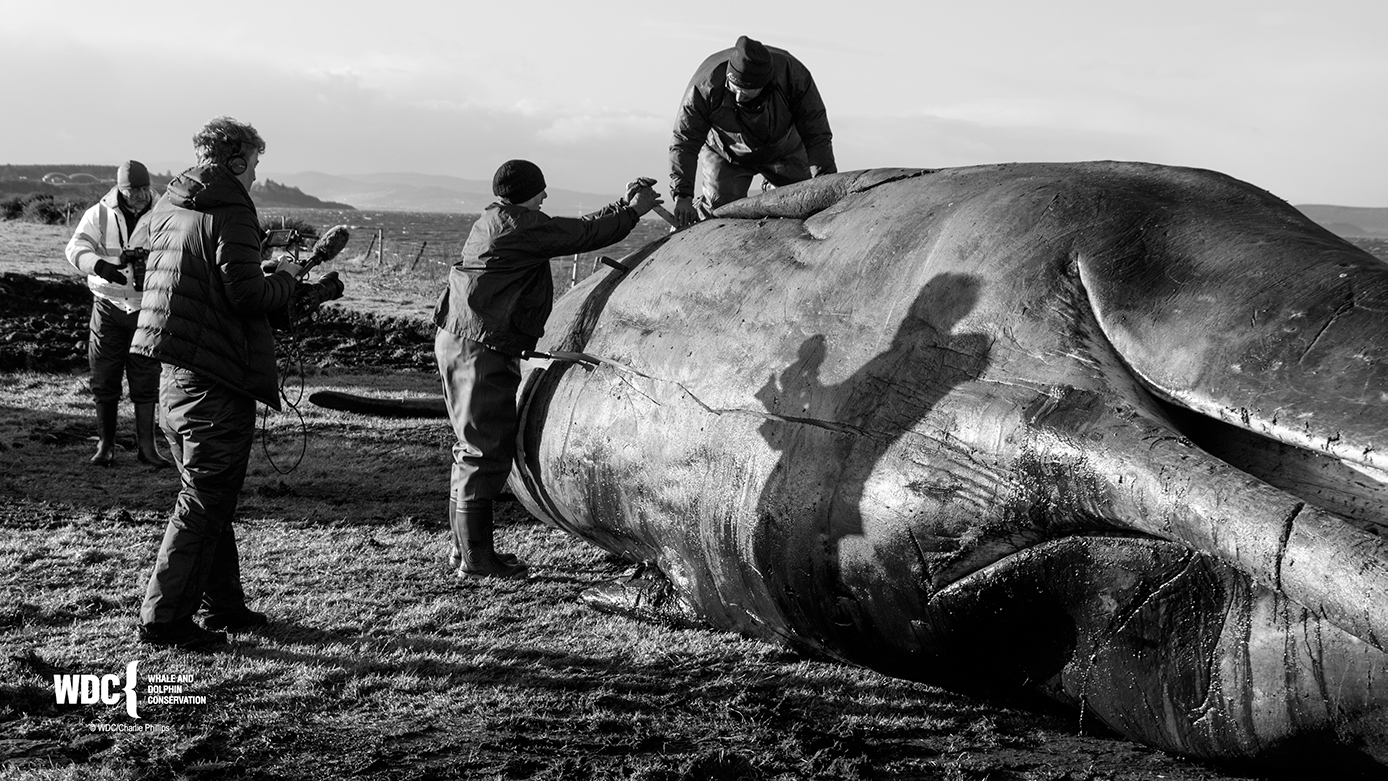Whales and dolphins face the dangers of plastic pollution every day, according to a report from a leading ocean protection organisation. Could wildlife photography raise awareness and provide an effective insight into the conservation challenges faced?
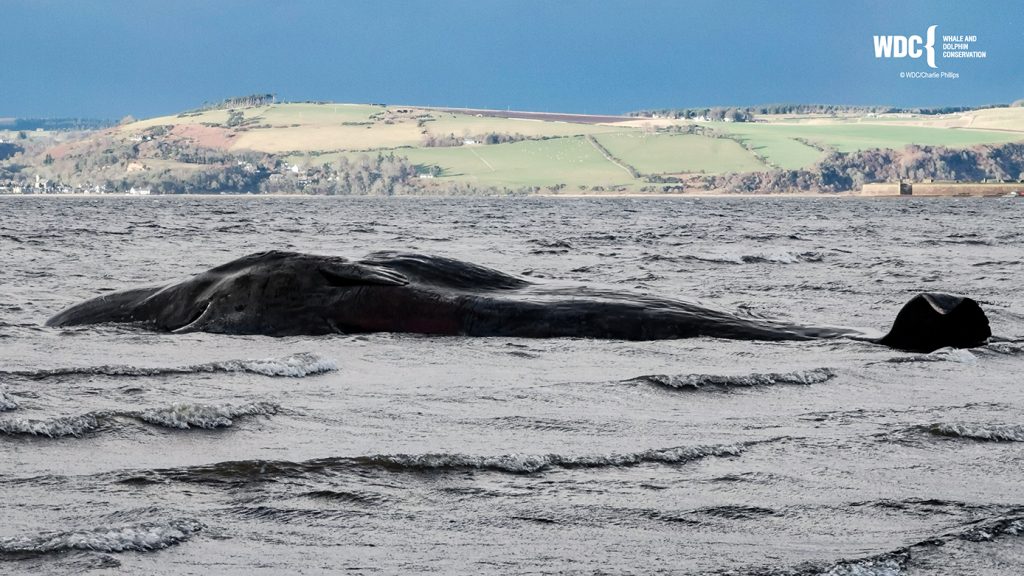
An early morning in January 2020, Charlie Philips was awoken suddenly by an unexpected phone call. Just several hours later, he found himself on a beach in Inverness confronted with one of sights experienced wildlife photographers dreaded.
Beside him lay a beached Sperm whale, thin with a spattering of yellow paint on the left side of its face. It was still alive, but as the tide began to recede, the whale took its last breath.
“It very quickly died on the beach beside me. It is a very sad end to a magnificent mammal that possesses the largest brain on the planet,” said Charlie, “I had to take these photos as it is part of my job. But it is never a nice thing when the animal has died.”
After examination, an investigation team believed the whale’s ability to navigate had been compromised, which might be caused by the pollution which had entered its nervous system. This had caused the whale to collide into an oncoming boat, leading to fatal injuries.
To save and protect ocean animals like this whale, Charlie joined the team at the Whale and Dolphin Conservation (WDC), which aims to create a world where every ocean mammal is safe and free.
According to the WDC, ocean wild animals are threatened by many human activities every day such as hunting, captivity, fishing gear, and health problems due to water pollution. Around 3,000 whales and dolphin are also still held captive in aquariums, zoos, and marine parks today.
The most common problem is pollution. Due to the sheer quantity of pollution in the Earth’s oceans, many marine species can get caught in discarded fishing nets and ropes. This kind of sad stories happened across the UK: Last November, A dead dolphin was washed up on a Gower beauty spot, Wales, tangled up in fishing netting.
Floating rubbish, such as plastic bags, are also regularly consumed by dolphins and whales believing they are food. The review, published in the journal Conservation Letters, analysed 655 scientific articles about marine debris and found 79 studies across all inhabited continents detailing deaths in cetaceans.
Charlie also said: “Our scientists’ team have found lots of rubbish in the stomach of dead whales and dolphins on the coast, particularly plastic is a big problem.”
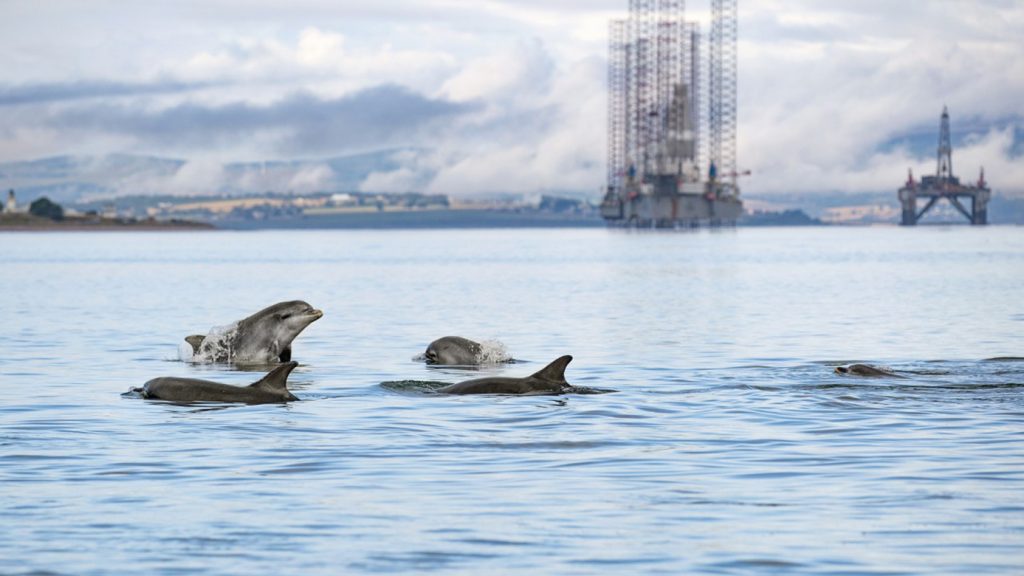
To help these animals, Charlie believes photos have power. Powerful photos can attract more people to pay attention to the wildlife animals, which is a necessary step to make audience recognize just how badly ocean animals are currently suffering.
We are very visual, as a species, and an arresting colourful impactful photograph can sometimes hit home a message that maybe words can’t.
Charlie Philips
For Charlie, this is the main reason why he decided to dedicate his life to a career in wildlife photography. When he first approached photographs of dolphins in a local visitor centre, he thought these photos were not good enough to truly move people.
He said: “The only photographs we had of dolphins were ones taken by scientists, and they were mostly dorsal fins and we had just bits of dolphin they weren’t pretty pictures like the one in the backbone.”
He believes powerful wildlife photography work not only shows the shape or colour of animals, but also the story behind the animal.
“People need stories. Whether it is underlying a time set in the middle of a denuded forest, or a dolphin with a plastic bike hanging off its dorsal fin, things like that so really powerful.”
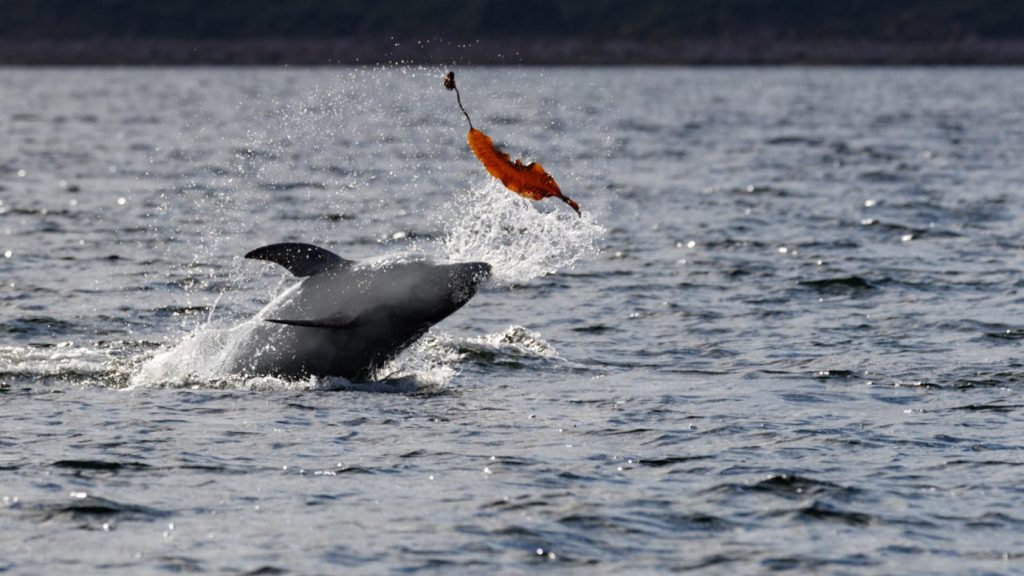
Now, after Charlie finished his daily work for publications, he also will pick out several of the most powerful photos for WDC. As a photographer, he hopes can help to somehow give back the freedom and activity for these species in his own special way.
He said: “My photographs tend to show wild animals’ living life, sometimes it is not a happy story, sometimes it is a sad story. What I want people to understand is whales and dolphins need to be free, they need to be wild in the ocean where they belong, not captive.”
Fortunately, several years of hard work has begun to pay off. Awareness has grown like never, and more and more people have joined in the fight to save marine animals.
However, for Charlie, it is not yet time to celebrate. “We are the first generation that knows that we are destroying our planet, and we need to do something about it. It is probably going to be the next generation that can do something properly about it because our generation is running out of time.”
“In Scotland, we are seeing areas, where troll fishing has been banned in five years, the seabed is back to looking how it should be, with lots of different species living in it, and not just as a barren wasteland.” said Charlie, “So, we know there are some good stories out there and we need to do more of it, and much quicker.”
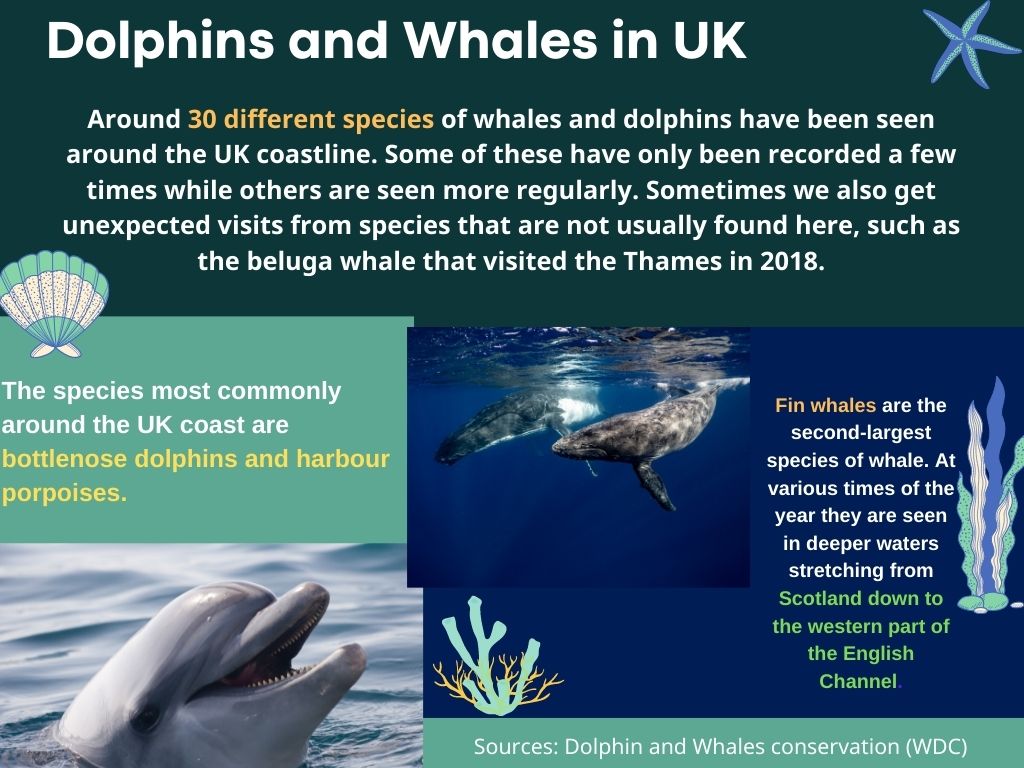
Doing wildlife photography not only is important work, but also it is interesting and exciting. To trace these “ocean sprites” which each have different behaviours compared with humans, professional photographers need to study them as much as they can.
“Finding dolphin sometimes is difficult but sometimes it’s not.” said Charlie, “They might hunt in a tidal current, they are only a few meters from the beach. It’s a fairly unique place in the UK to see dolphins.”
The water on the end of the peninsula is very deep and with the tidal currents, which means dolphins have got a safe space to gather. Here, they will sit, intercept and ambush the salmon as they come in. This provides an ideal spot for photographers to catch good shots of them.
Dolphins can be classified as resident group and travel group which can move in and out of the area at different times in the same year. Particular seasons are best suited for catching wildlife such as these according to Charlie. “Certainly, spring, summer, and autumn which are much easier to see them,” he says” But in the wintertime, we can be lucky sometimes to see dolphins, once a week. It depends on what you are doing. You can watch dolphins from the land, or you can watch from boats as well.”
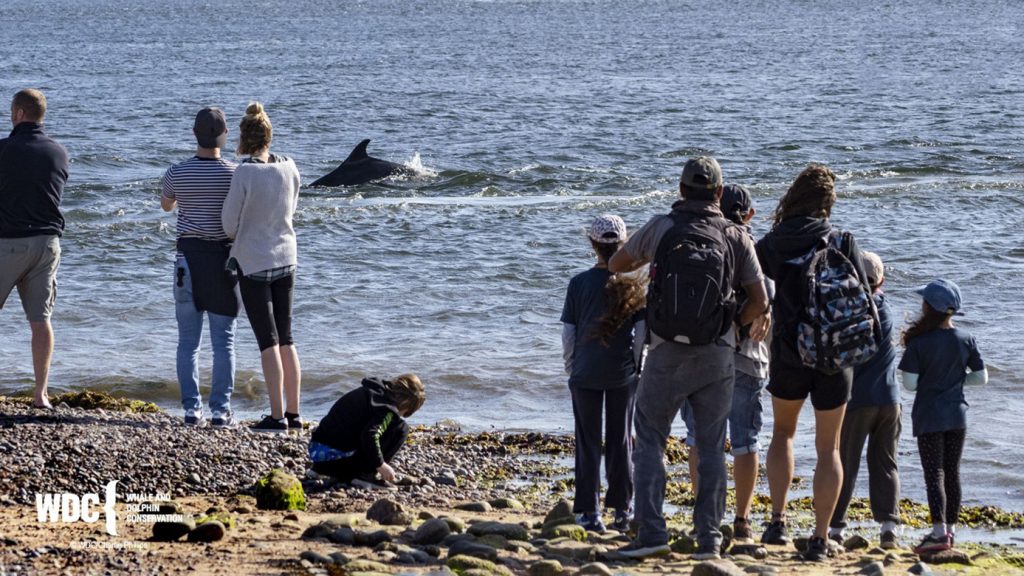
Although seasoned wildlife photographers such as Charlie know the intricacies of these animals behaviours, sometimes the environment impacts the success of the photographer’s work, such as heavy wind and rain.
“I’m going to be spending four or five hours at a time,” said Charlie, “Sometimes the wind was so strong that I could hardly get any sharp photos of the dolphins that were maybe 300- 500 meters away.”
To know more about wildlife from biology experts, Charlie also cooperated with Andrews University. During research, Charlie had met a number of dolphin friends. Spending time with them is not only left much special memory for him but also taught him a lot.
“We know dolphins as individuals, almost like people. And we can follow their lives over many decades. Some dolphins can live to be, 40-50 years old,” said Charlie, “If you look closely at most wild animals, you will find something about them. That’s unique.”
“You can find out the stories of their lives, who they hang around with and even whether they hang around with the same people, whether they mix very well, or whether they don’t mix.”
For wildlife photography, people can start it anytime and anywhere. Especially in the UK, which has abundance of sources in which beginners can come up-close with marine wildlife.
You don’t have to have much expensive equipment to take good photographs, the best thing for taking photos is your eyes and your brain.
Charlie Philips
